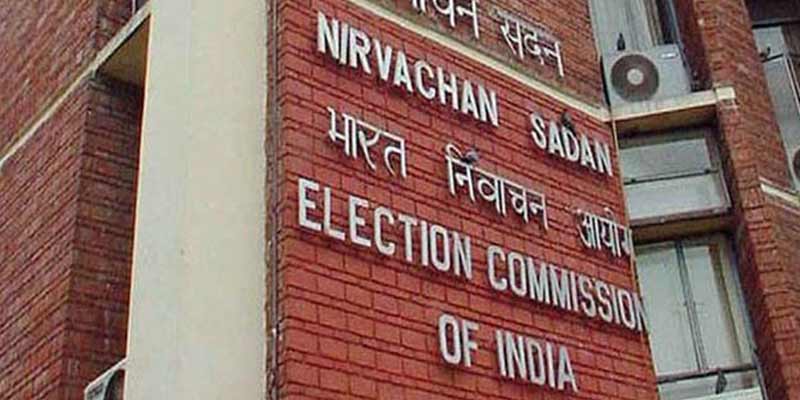- India
- Jun 21
Explainer - Delimitation exercise in Assam
• The Election Commission has proposed to retain the number of Assembly seats in Assam at 126 and the Lok Sabha constituencies at 14 as it released the draft delimitation document for the state.
• The EC has proposed that the Assembly seats reserved for Scheduled Castes be increased from eight to nine and for Scheduled Tribes seats from 16 to 19.
• A Parliamentary seat has been proposed to be named Kaziranga.
• The last delimitation was done in Assam in 1976.
• The term of the current Assam Legislative Assembly will end on May 20, 2026. The state currently has 14 Lok Sabha, 126 Assembly and seven Rajya Sabha seats.
• Chief Election Commissioner Rajiv Kumar and Election Commissioners Anup Chandra Pandey and Arun Goel are slated to visit Assam in July for a public hearing on the draft proposal.
What is delimitation?
• Delimitation means the process of fixing limits or boundaries of territorial constituencies in a country or a province having a legislative body.
• The job of delimitation is assigned to a high power body. Such a body is known as Delimitation Commission or a Boundary Commission.
Delimitation Commissions have been constituted in the past:
i) In 1952 under the Delimitation Commission Act, 1952
ii) In 1963 under Delimitation Commission Act, 1962
iii) In 1973 under Delimitation Act, 1972
iv) In 2002 under Delimitation Act, 2002.
• In May 2022, the Delimitation Commission on Jammu & Kashmir headed by former Supreme Court judge (retd) Ranjana Prakash Desai notified its final report.
• The Delimitation Commission in India is a high power body whose orders have the force of law and cannot be called in question before any court.
• These orders come into force on a date to be specified by the President of India on this behalf. The copies of its orders are laid before the House of the People and the State Legislative Assembly concerned, but no modifications are permissible therein by them.
Delimitation in Assam
• The term of the current Assam Legislative Assembly will end on May 20, 2026. The state has 14 Lok Sabha, 126 Assembly and seven Rajya Sabha seats.
• Under the provisions of the Delimitation Act, 1972, the last delimitation of constituencies in Assam was effected on the basis of 1971 Census figures by the then Delimitation Commission in 1976.
• The move to redraw the Assembly and Parliamentary seats of Assam has been initiated following a request from the Union law ministry.
• Procedure for the delimitation process has been followed as laid down in the relevant laws — Section 8A of the Representation of the People Act, 1950 read with Section 9(1)(c) and (d) of the Delimitation Act, 2002, Article 82, 170, 330 and 332 of the Constitution of India.
• As mandated under Article 170 of the Constitution, census figures (2001) are used for the purpose of readjustment of Parliamentary and Assembly constituencies in the state.
• Seeking to make the delimitation exercise fair and equitable, the poll panel devised the guidelines and methodology keeping in mind the constitutional and legal provisions and the suggestions received in representations.
• In Assam, since last delimitation (1976), the number of districts have increased from 10 to 31 and similarly number of administrative units at development block and gram panchayat levels have undergone drastic changes.
• Taking these factors into account, the Election Commission has categorised all 31 districts in three broad categories A, B and C giving a margin of (+/-) 10 per cent of average population per Assembly constituency, while proposing allocation of the constituencies to the districts.
The average population density of the state is 338 persons per sq.km. A population density range of 304 (subtracting 10 per cent from the average population density) to 372 (adding 10 per cent to the average population density) has been established and on this basis, the above said three categories have been made as given below:
A- Districts having population density less than 304 persons per sq. km.
B- Districts having population density between 304 to 372 persons per sq. km.
C- Districts having population density more than 372 persons per sq. km.
Manorama Yearbook app is now available on Google Play Store and iOS App Store

